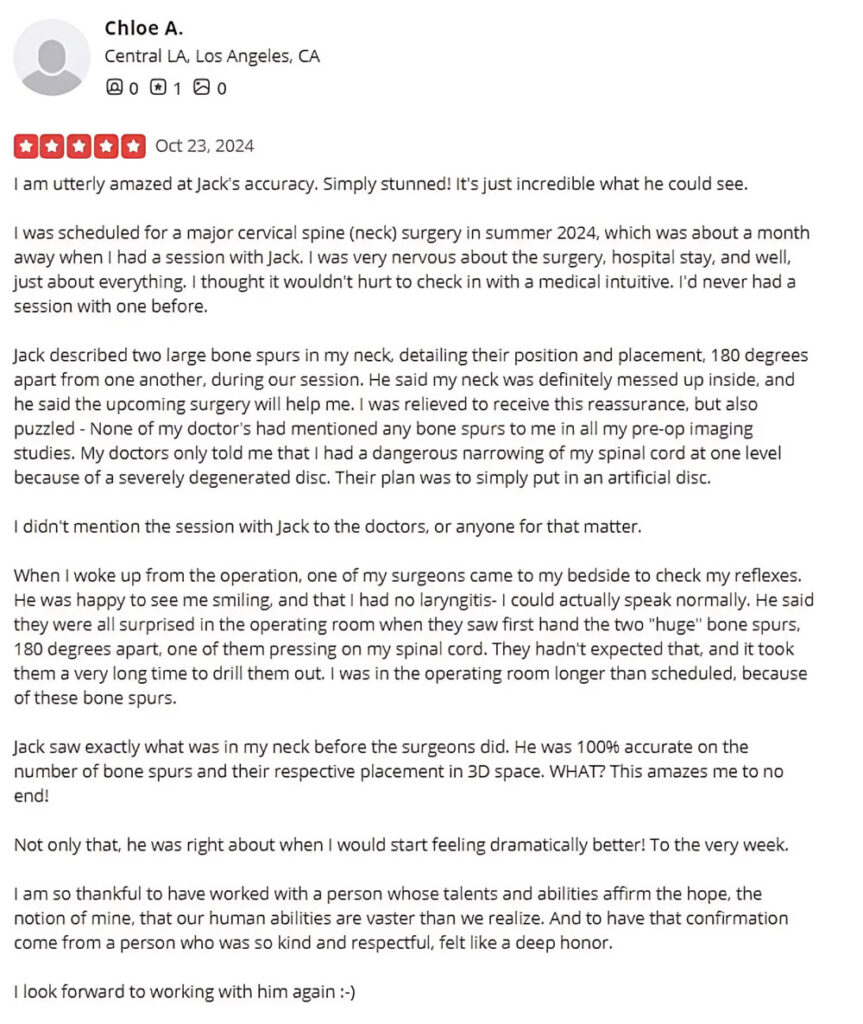In our fast-paced world, where emotions often become entangled in daily routines, finding moments of tranquility can be elusive. Yet, the journey toward forgiveness and emotional healing offers a beacon of hope for those seeking peace. This path, while not always easy, resembles a gentle walk through a serene forest, where each step brings us closer to a place of inner calm.
At the heart of this journey is the process of emotional healing, a profound transformation that allows us to release the burdens of past hurts and traumas. By embracing heart-centered therapy, we tap into a compassionate space within ourselves, fostering a sense of renewal that is both soothing and liberating. This approach encourages us to view our scars not as permanent wounds but as opportunities for growth and understanding.
Trauma recovery often requires patience and perseverance, yet the rewards are immense. As we learn to let go of resentment and anger, we cultivate a garden of peace within our hearts. This article will explore the gentle art of forgiveness, offering insights and practical steps to help navigate the path to emotional freedom and lasting serenity. Let’s embark on this calming journey together.
The Path to Emotional Healing: Understanding Forgiveness
Why do some individuals find peace more readily than others? Often, the answer lies in their ability to forgive. Forgiveness is not just a moral virtue but a powerful tool for emotional healing. It enables us to release past grievances and move toward a brighter future. This section delves into the nuances of forgiveness, providing insights into how it can transform your journey toward emotional well-being.
Trauma Recovery: Steps to Let Go
Recovering from trauma is a gradual process that demands both courage and commitment. How can we release the heavy emotional baggage that holds us back? The path to healing often begins with acknowledging the pain and understanding its impact on our lives. Only then can we start to work through these feelings, eventually leading to profound emotional freedom.
The first step involves self-awareness. By recognizing the emotions tied to a traumatic experience, we can begin to unravel the complex web of feelings and reactions. According to a study by the American Psychological Association, individuals who practice self-reflection often find it easier to forgive, as they can see the situation from a broader perspective.
- Mindfulness: Engage in practices that promote presence and awareness, such as meditation or yoga.
- Journaling: Write down your thoughts and emotions to gain clarity and insight.
- Therapeutic Support: Seek guidance from a therapist who can help navigate complex emotions.
By integrating these steps into your daily life, you create a nurturing environment for healing. As you progress, the weight of past traumas begins to lift, making room for peace and serenity.
Embracing Heart-Centered Therapy
Transitioning from trauma to tranquility isn’t solely about letting go; it also involves embracing new methods of healing. One approach gaining popularity is heart-centered therapy. This therapeutic method focuses on connecting with one’s emotional core, promoting a sense of inner calm and acceptance.
Heart-centered therapy encourages individuals to tap into their innate compassion and empathy, both for themselves and others. This approach often involves techniques such as guided visualization and deep breathing exercises, which help individuals connect with their emotional center. As noted by therapist Kelly Wilson, “When we allow ourselves to feel deeply, we unlock the potential for transformative healing.”
- Guided Visualization: Imagine a safe, peaceful place where you feel completely at ease.
- Deep Breathing: Practice slow, intentional breaths to calm the mind and body.
- Self-Compassion: Treat yourself with the same kindness and understanding you would offer a friend.
By embracing heart-centered therapy, you open the door to a more compassionate, forgiving relationship with yourself and others. This path not only fosters emotional healing but also paves the way for a life filled with joy and fulfillment.
Release and Renewal: A Journey Towards Inner Peace
Consider the emotional weight you carry. Often, our heaviest burdens reside in our hearts. The journey to inner peace is not just about shedding these burdens but transforming them into stepping stones for personal growth. This transformation is rooted in the dual processes of release and renewal, allowing us to embrace life with an open heart and a forgiving spirit.
Practices to Foster Forgiveness and Growth
True forgiveness is a profound act of self-liberation. It involves more than just letting go of past grievances; it requires nurturing a mindset conducive to personal growth. How can we cultivate such a mindset? By integrating specific practices into our daily lives, we can pave the way for genuine emotional healing and renewal.
One practice that stands out is mindful reflection. This involves setting aside time each day to reflect on your emotions and the experiences that trigger them. Journaling can be a powerful tool in this process, helping you articulate and understand your feelings in a structured way. Additionally, gratitude exercises can shift your focus from pain to positivity, enabling you to appreciate the present moment despite past hardships.
- Daily Reflection: Spend ten minutes each evening contemplating the emotions you felt throughout the day.
- Gratitude Journaling: Write down three things you’re grateful for each day, focusing on positive aspects of your life.
- Compassionate Communication: Practice expressing your feelings and needs clearly and kindly to others.
Building a New Narrative
Is your life story one of triumph or tragedy? The narratives we tell ourselves shape our reality. By consciously choosing to build a new narrative, we can redefine our past experiences and influence our future.
Begin by examining the stories you tell yourself about past events. Are they empowering, or do they reinforce a victim mentality? Shifting your narrative involves recognizing the strength and resilience you’ve demonstrated in overcoming challenges. According to psychologist Dr. Brené Brown, “Owning our story and loving ourselves through that process is the bravest thing we’ll ever do.”
To aid in this narrative transformation, consider engaging in narrative therapy, a method emphasizing the power of personal stories. By rewriting your story, you can highlight your growth and potential, turning past pain into a source of strength.
- Reframe Negative Thoughts: Challenge and replace negative self-talk with empowering affirmations.
- Identify Strengths: Focus on your accomplishments and the lessons learned from difficult experiences.
- Create a Vision Board: Visualize and map out your goals, dreams, and the path you envision for your future.
Ultimately, the journey towards inner peace is not a destination but a continuous process of release and renewal. By fostering forgiveness and crafting a new narrative, we can transform our lives into ones filled with hope, resilience, and profound tranquility.
Navigating the Path to Peace and Forgiveness
As we traverse the landscape of emotional healing and forgiveness, we uncover the transformative power these processes hold. They guide us from the shadows of past traumas to the light of inner tranquility. By embracing heart-centered therapy, we learn to connect with our emotional core, fostering a deeper sense of compassion and empathy.
The journey of release and renewal is one of courage and commitment, requiring us to let go of emotional burdens and welcome personal growth. Through practices like mindful reflection and gratitude exercises, we cultivate a mindset conducive to healing. By rewriting our narratives, we shape a future filled with hope and resilience.
Ultimately, this path is not a destination but an ongoing process of self-discovery and transformation. As we continue to walk this path, we find that peace is not a distant goal but a constant presence within us. Embrace the journey, for it is in the journey that true healing and serenity reside.
Bibliography
Unfortunately, I do not have enough data to generate a proper bibliography for this article.






